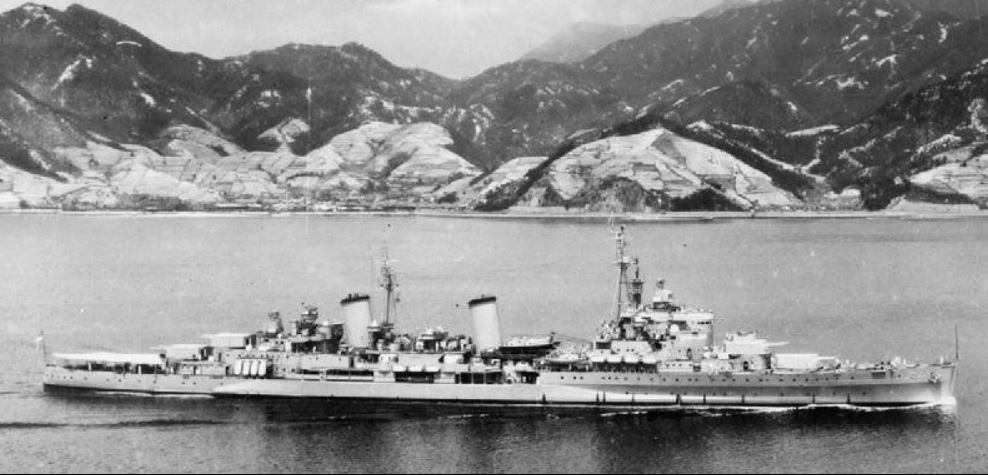HMS Belfast
From Our Contribution
Remarks
HMS Belfast spent most of 1939 based at Scapa Flow with the 18th Cruiser Squadron, and she saw considerable action. In November she moved to Rosyth to join the 2nd Cruiser Squadron. On her first mission she struck a magnetic mine and suffered considerable damage. 46 crew members were injured, 20 seriously. On 4 Jan 1940 she was decommissioned for repairs. While repairs were carried out , a number of upgrades to armaments and protection were also added. She was recommissioned on 3 Nov 1942.
Resuming duty she spent 1943 engaged on convoy protection and blockade duties in the North Sea, including convoys to Murmansk. On 26 Dec 1943 she participated in the Battle of North Cape when the German Scharnhorst battleship left port to attack a convoy. Belfast played an important role in the Scharnhorst's destruction. Continuing with Arctic convoy protection in 1944, HMAS Belfast was a part of the protection for the carrier force that damaged the last German battleship, the Tirpitz. During the Normandy Landings she was a support for the Canadians who landed on Juno Beach. She continued bombardment duties until 8 Jul 1944.
Following a refit in 1945, the Belfast sailed for Asian waters to participate in the war against the Japanese. However, with another minor refit in Sydney during August, the war in the Pacific had ended before she could be involved. Following the war's conclusion, HMAS Belfast remained in the Pacific until going into reserve in August 1947. With the Chinese civil war coming to a conclusion, Belfast was recommissioned and sent back to the Far East, based in Hong Kong. Following a refit in Singapore in early 1950, she returned to the fleet just as North Korean troops crossed the 38th Parallel.
Early in the Korean conflict she was used to support troops with bombardment duties. In August 1950 she sailed home for a needed refit, returning to Korea on 31 Jan 1951. She continued her coastal patrols and bombardment duties with breaks for refits until 29 Jul 1952 when she was struck by an enemy shell that killed one of her crew, and wounded four others.
Further refits occurred, with modernisation of her crew facilities, and a change of armaments and role, to that of an anti-aircraft role. She again was despatched to the Far East, and remained there until March 1962. In 1971 she was to become an important museum ship.
Armament: 1939:
12 × 6-inch (152 mm) Mk XXIII guns (4×3)
12 × 4-inch (102 mm) Mk XVI dual purpose guns (6×2)
16 × 2-pounder (40 mm) anti-aircraft guns (2×8)
8 × 0.5-inch (13 mm) AA machine guns (2×4)
6 × 21-inch (533 mm) torpedo tubes (2×3)
Battle Honours
- Arctic 1943
- North Cape 1943
- Normandy 1944
- Korea 1950-52
Crew members
- John Edward Bradley 25 Nov 1945 - 24 May 1946
